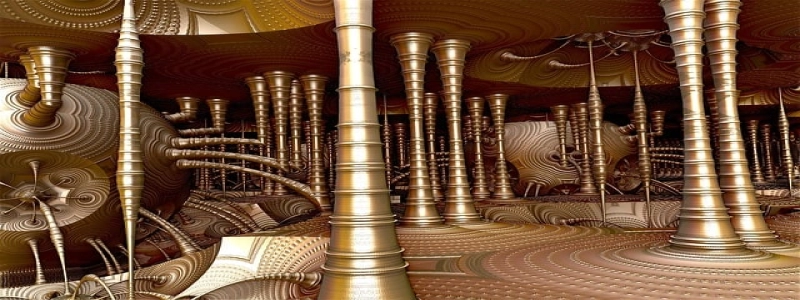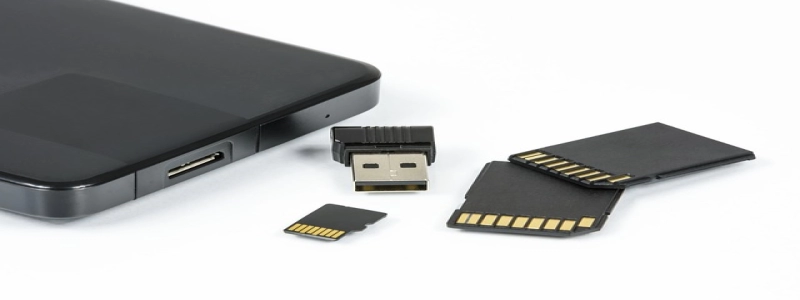Ethernet Code
การแนะนำ
1.1 What is Ethernet?
1.2 Importance of Ethernet in Networking
History of Ethernet
2.1 Invention of Ethernet
2.2 Evolution of Ethernet Standards
2.2.1 Ethernet I
2.2.2 Ethernet II
2.2.3 IEEE 802.3 Standard
2.2.4 Gigabit Ethernet
2.2.5 10 Gigabit Ethernet
2.2.6 Ethernet over Fibre Channel
2.2.7 Power over Ethernet
2.2.8 Ethernet in the future
Components of Ethernet
3.1 Ethernet Frames
3.2 Ethernet Cables
3.2.1 Twisted Pair Cable
3.2.2 Coaxial Cable
3.2.3 Fiber Optic Cable
3.3 Ethernet Switches
3.4 Ethernet Network Interface Cards (NICs)
3.5 Ethernet Hubs
3.6 Ethernet Protocol
How Ethernet Works
4.1 Ethernet Physical Layer
4.2 Ethernet Data Link Layer
4.3 Ethernet Network Layer
4.4 Ethernet Transport Layer
Advantages of Ethernet
5.1 High Speed
5.2 Cost-Effective
5.3 Scalability
5.4 Reliability
5.5 Compatibility
5.6 Easy to Install and Maintain
Disadvantages of Ethernet
6.1 Limited Distance
6.2 Susceptible to Network Collisions
6.3 Security Concerns
Applications of Ethernet
7.1 Local Area Networks (LANs)
7.2 Wide Area Networks (WANs)
7.3 Metropolitan Area Networks (MANs)
7.4 Data Centers
7.5 Home Networks
บทสรุป
8.1 Importance of Ethernet in Modern Networking
8.2 Future Development of Ethernet
8.3 The Role of Ethernet in the Digital Age






